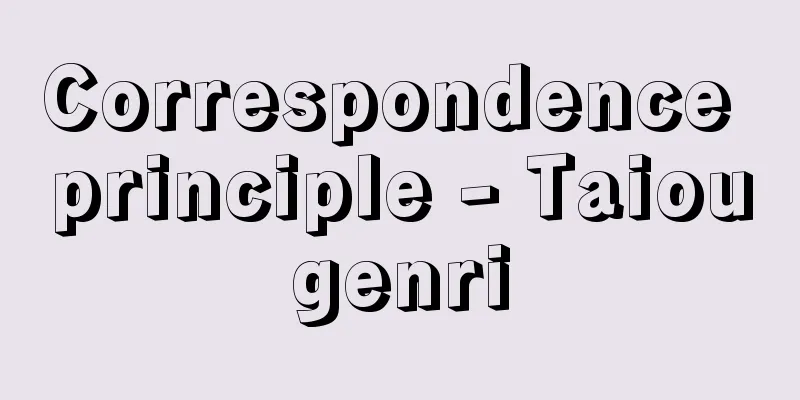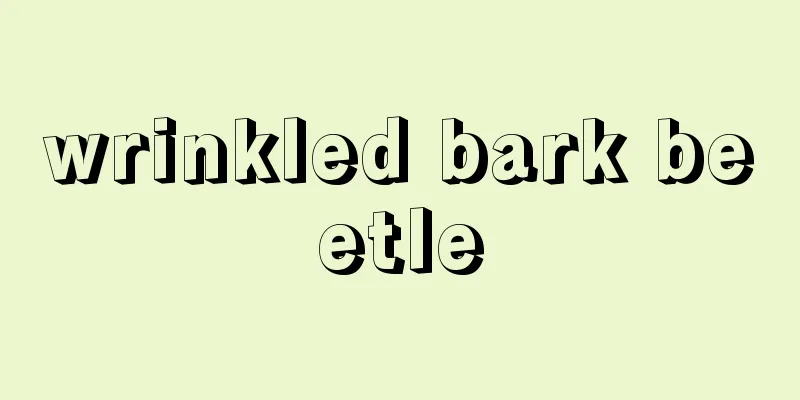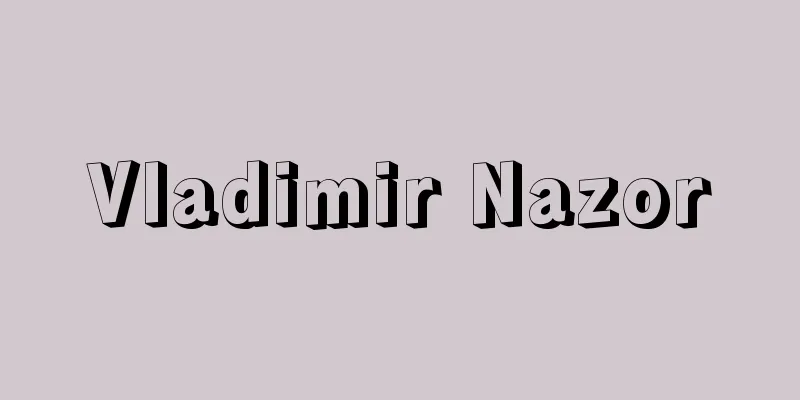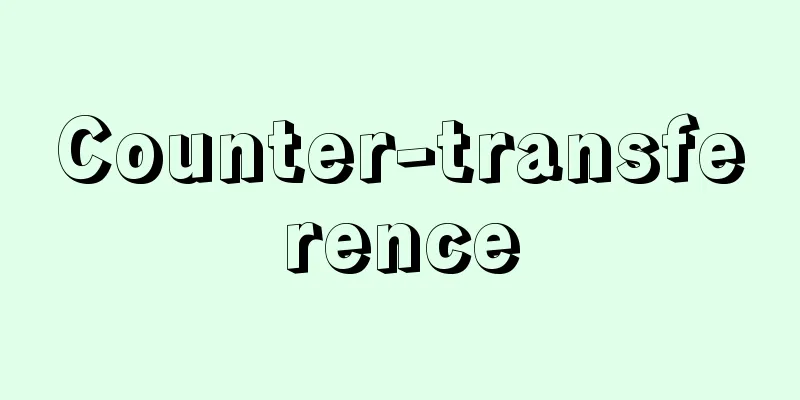Correspondence principle - Taiougenri

|
This principle states that the results obtained from quantum theory correspond to those obtained from classical theory. It was proposed by Bohr around 1918, and it enriched the results derived from quantum theory. Bohr proposed the so-called Bohr atomic model to understand the frequency of light emitted and absorbed by hydrogen atoms. In this model, the actual stationary state of the electron orbit obtained from classical mechanics can be selected using Bohr's quantum condition. In this case, the frequency of the emitted and absorbed light can be calculated by dividing the difference in the energy of the electron's stationary state by Planck's constant, but the intensity and polarization of the light cannot be calculated. Therefore, Bohr believed that in the limit where the stationary state orbit is large, that is, where the quantum number that distinguishes the stationary states is large, the results of classical mechanics and the results of his model, that is, the results of quantum theory, would match, and he determined that the results of classical mechanics for the intensity and polarization of light emitted and absorbed by the movement of the electrons in the hydrogen atom correspond to the results of quantum theory. In this case, the frequency of the emitted light is replaced by the results of his atomic model. This principle, along with the adiabatic hypothesis, played an important role in the process from classical theory to the discovery of quantum mechanics. Taking the correspondence principle as his guiding principle, Heisenberg started from Bohr's atomic model and discovered matrix mechanics, a form of the theory of quantum mechanics. [Hajime Tanaka] [References] | | | | | | |Source: Shogakukan Encyclopedia Nipponica About Encyclopedia Nipponica Information | Legend |
|
量子論から得られた結果が、それまでの古典論から得られた結果と対応することを述べた原理で、ボーアが1918年ころに提唱し、これによって量子論から導き出す結果をより豊かにすることができた。ボーアは水素原子が放射・吸収する光の振動数を理解するため、いわゆるボーアの原子模型を提唱した。この模型では、古典力学から得られた電子の軌道のうち、電子が実際にとる定常状態を、ボーアの量子条件を用いて選択することができる。この場合、放射・吸収される光の振動数は、電子の定常状態のエネルギーの差をプランク定数で割って求めることができるが、光の強さや偏りを求めることはできなかった。そこでボーアは、定常状態の軌道が大きい極限、つまり定常状態を区別する量子数の大きい極限では、古典力学の結果と彼の模型の結果、すなわち量子論の結果とが一致するものと考え、水素原子内電子の運動によって放射・吸収される光の強さと偏りの古典力学による結果が量子論的な結果に対応するものとした。この場合、放射する光の振動数は彼の原子模型の結果に置き換えられている。この原理は断熱仮説とともに古典論から量子力学発見に至る過程で重要な役割を果たした。ハイゼンベルクは対応原理を指導原理としつつボーアの原子模型から出発して、量子力学の理論の一つの形式である行列力学を発見した。 [田中 一] [参照項目] | | | | | | |出典 小学館 日本大百科全書(ニッポニカ)日本大百科全書(ニッポニカ)について 情報 | 凡例 |
>>: Giant squid (Daiouika) - Giant squid (English spelling)
Recommend
Standing song - Tateuta
〘 noun 〙 A person who takes the lead in Nagauta, t...
Alocasia amazonica - Alocasia amazonica
...Other species with similar white spots include...
Kaichiro Imaizumi - Kaichiro Imaizumi
A distinguished contributor to the history of Jap...
Domenico da Cortona
…This castle is the largest on the banks of the L...
Bandoneon - Bandoneon (English spelling)
A type of free-reed aerophone. It was invented in...
Syndicated financing - Kyochouyuushi (English spelling) joint financing
When lending to a company, two or more banks form ...
Pros Romaious; The Letter to the Romans
One of Paul's letters in the New Testament. Al...
Ishimaru Iwaminokami - Ishimaru Iwaminokami
...A shogunate official in the early Edo period. ...
Franchise chain
...The term "rensa" is not used much th...
Bem, J.
…It was during this period that a large number of...
Heine - Heinrich Heine
German poet. Born in Düsseldorf on December 13, 1...
Emery - Emery (English spelling)
A relatively fine-grained, homogeneous, hard rock...
Oar Bridge - Oarkyo
…For example, in the case of Al, the formula is a...
Altruism
Altruism is a term used by the French philosopher ...
Rhinoceros beetle - Rhinoceros beetle
...The meat is used as a substitute for Ezobora (...









